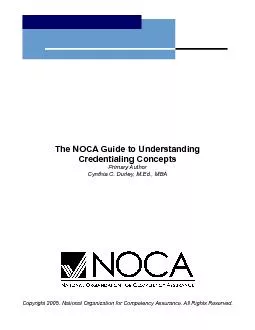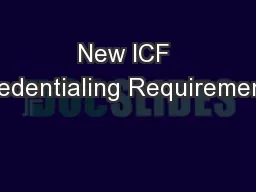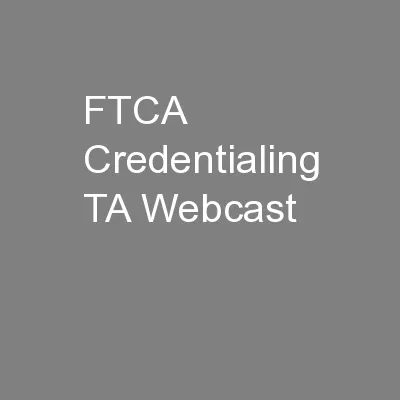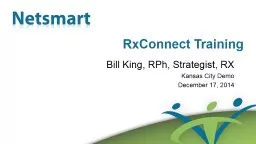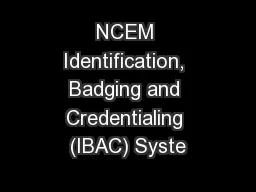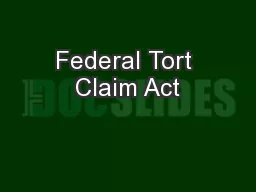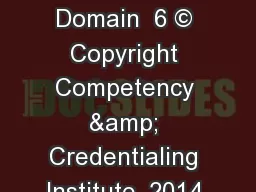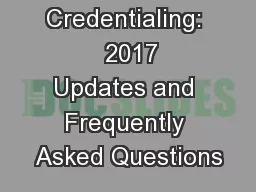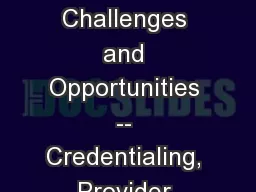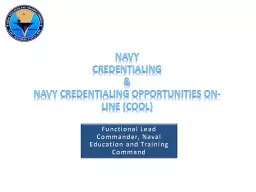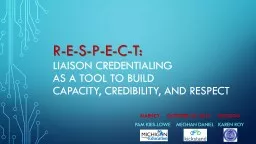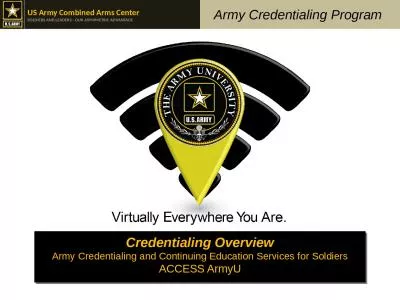PDF-The NOCA Guide to Understanding Credentialing Concepts Primary Author
Author : joyce | Published Date : 2021-07-04
ization for Competency Assurance All Rights Reserved 2 The NOCA Guide to Understanding Credentialing Concepts NOCA Board of DirectorsPresidentSenior Vice President
Presentation Embed Code
Download Presentation
Download Presentation The PPT/PDF document "The NOCA Guide to Understanding Credent..." is the property of its rightful owner. Permission is granted to download and print the materials on this website for personal, non-commercial use only, and to display it on your personal computer provided you do not modify the materials and that you retain all copyright notices contained in the materials. By downloading content from our website, you accept the terms of this agreement.
The NOCA Guide to Understanding Credentialing Concepts Primary Author: Transcript
Download Rules Of Document
"The NOCA Guide to Understanding Credentialing Concepts Primary Author"The content belongs to its owner. You may download and print it for personal use, without modification, and keep all copyright notices. By downloading, you agree to these terms.
Related Documents

